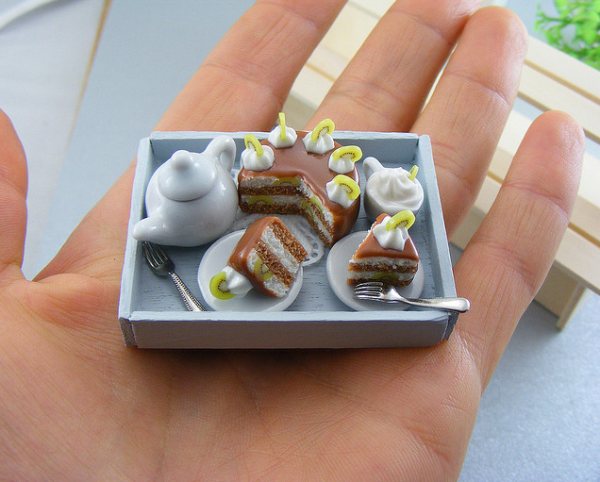I am fascinated by the small spaces in which people live. In the United States we have the idea that we all need a lot of room and a lot of land. That is not the case in many other countries. We make fun of extended families who immigrate to the U.S. and all live in what we consider to be a tiny apratment or house but having a grand amount of space in which to live is a privilege that residents of many other countries do not have.
Recently I came across a fascinating art study done by photographer Michael Wolf. He did a series called 100X100. His work documents some of the residents of Shek Kip Mei Estate in Hong Kong.
The history of Shek Kip Mei Estate before we get to Wolf's photos: After WWII, the population of Hong Kong grew drastically and a squatter's village of thousands of shacks grew in the Shek Kip Mei area of Hong Kong. On Christmas eve, 1953, a huge fire destroyed the shacks of 58,000 people. The government answered the needs of the homeless with a huge housing program- eventually building 29 six story block buildings in the next 10 years and 7 more thirteen story blocks a few years later. In the 1990's the Hong Kong goverment decided to tear down the buildings and build a new Shek Kip Mei Estate would provide about 6,600 rental units that can house up to about 17,400 residents.
The old dilapidated resettlement blocks were torn down except one - Mei Ho House (also known as Block 41), which is among the first batch of eight Mark I blocks built in 1954. In view of its significance in Hong Kong's public housing development, Mei Ho House was granted a historic building status by the Antiquities Advisory Board. The Government has decided to preserve it and rejuvenate it into a youth hostel with an attached museum on public housing history.
So back to Michael Wolf's project: before the last of the residents began to move out of Shek Kip Mei Estate, Michael Wolf asked to photograph the residents of one of the blocks. There were 100 units in the block, each measuring 10' X 10'...the series being called 100 X 100. Some of the people had lived in their units for 20 years. I have copied a few of the photos of some of the 100 square foot living areas. I am amazed at the amount of belongings the residents were able to get into what most of us would call an insanely small space.
How would you live in a 10 foot square space?

http://en.wikipedia.org/wiki/File:SKM_Estate_BLK18.jpg
The following photos are from Michael Wolf's 100 X 100 series.
All 100 photos can be seen at http://www.photomichaelwolf.com/100_x_100/

Image #2

Image #4

Image #7

Image #23

Image #27

Image #80

Image #98

Image #100













